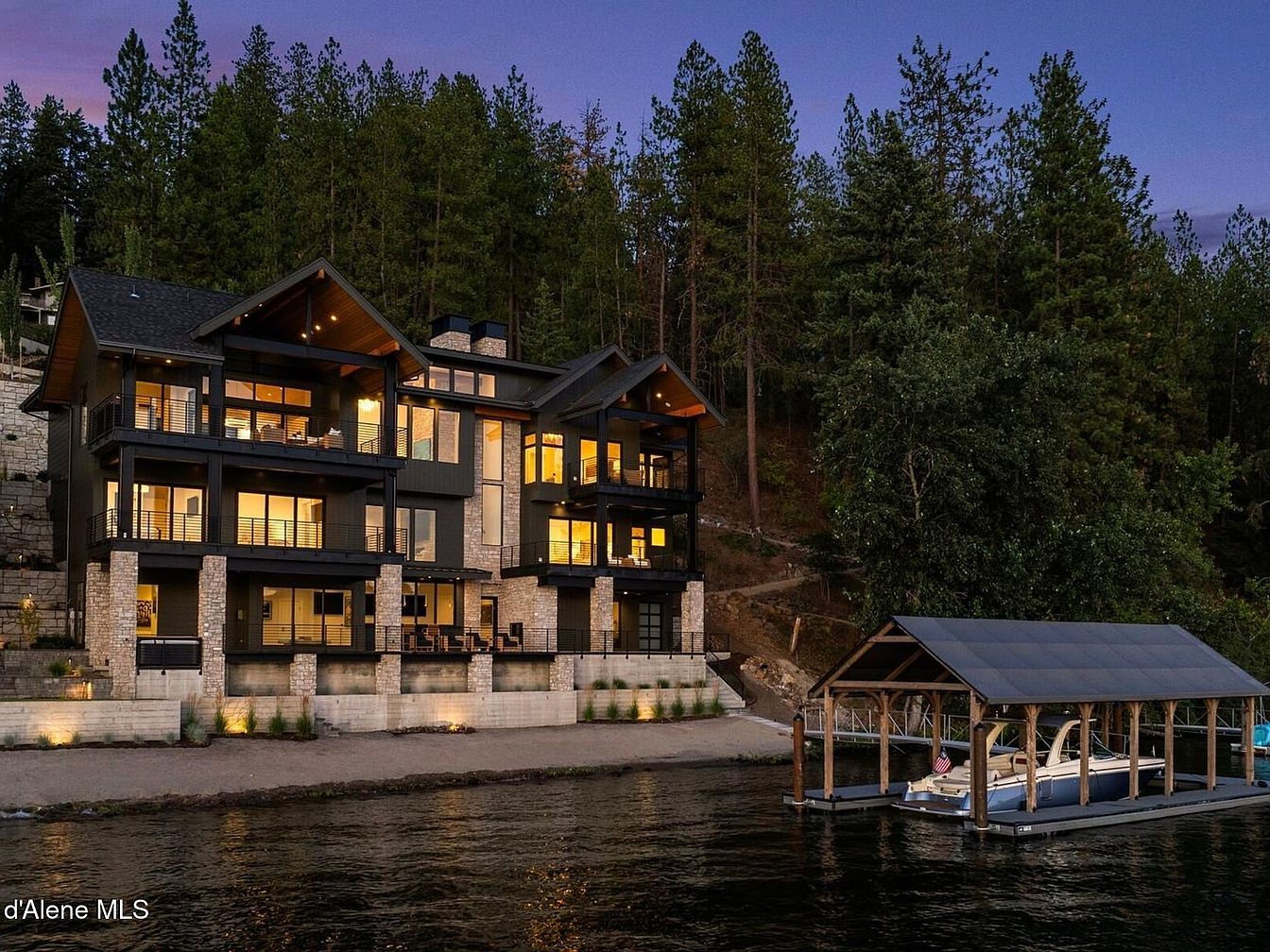Some home improvements seem harmless, even helpful, but they could quietly break your insurance policy. Whether it’s a trendy feature or a practical addition, certain upgrades can be flagged as high-risk by insurers. If you’re not careful, these changes could lead to denied claims or even policy cancellation. Before making updates, it’s smart to know what could put your coverage at risk.
1. Trampolines
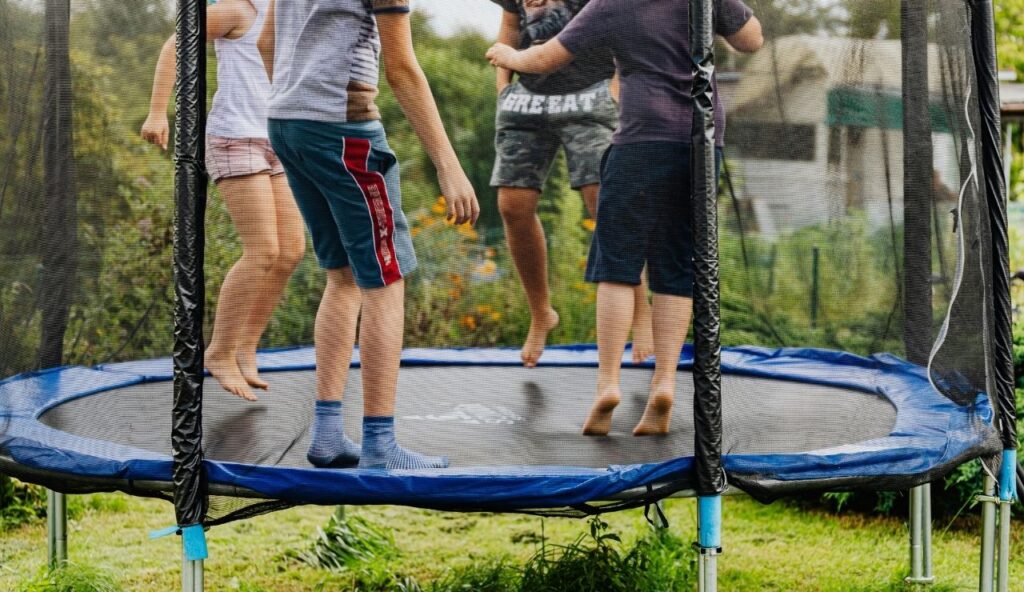
Trampolines may seem harmless, but many insurance companies consider them a serious risk. If someone gets hurt while using it, even without your permission, you could face expensive claims. Some insurers won’t offer coverage at all unless extra liability protection is added. Before setting one up in your yard, check with your provider to make sure it won’t put your policy at risk.
2. Wood-Burning Stoves
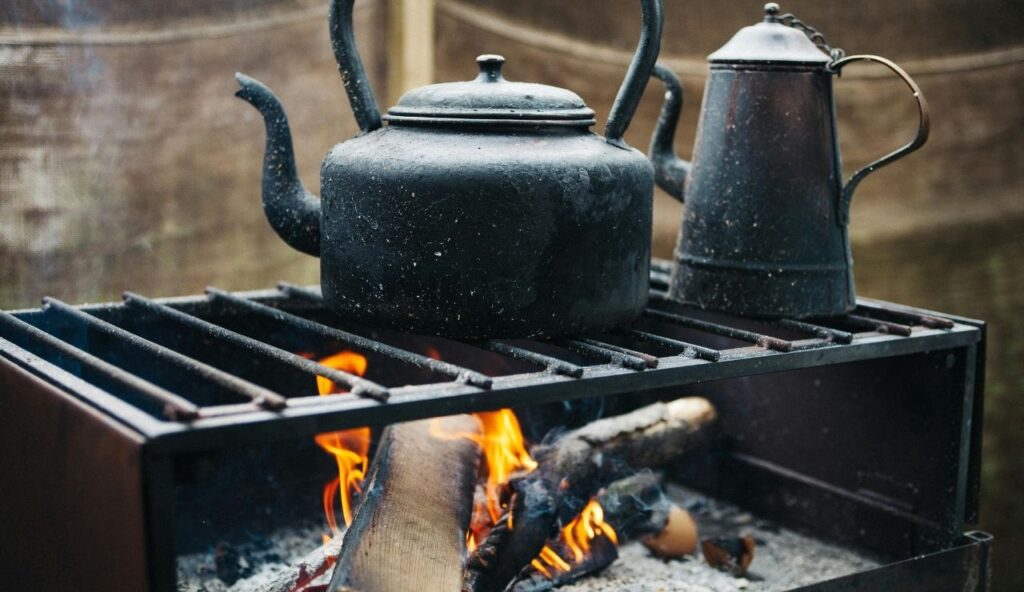
Wood-burning stoves can make a home feel warm and inviting, but they also raise your fire risk. If one is installed without proper permits or maintenance, your insurance might not cover fire-related damage. Even a safely used stove can be an issue if it wasn’t reported. Some insurers require inspections or certifications, so it’s smart to check before firing it up for the first time.
3. Home-Based Businesses

Turning your home into a business space can affect your coverage more than you think. If you meet clients at home or store products there, your insurer may consider it commercial use. Most standard policies don’t cover business risks, and claims could be denied. To avoid surprises, talk to your provider about business add-ons or consider a separate policy that fits your setup.
4. Certain Dog Breeds

Some dog breeds, even if well-trained, may raise red flags with your insurer. Breeds like pit bulls, Dobermans, or Rottweilers are often labeled as high risk due to the chance of injury claims. If your policy excludes them and you don’t disclose it, coverage could be denied. It’s best to check if your dog’s breed is on the restricted list and explore extra liability coverage if needed.
5. Outdated Wiring

Old wiring can quietly put your home at risk. Systems like knob-and-tube are outdated and more likely to cause electrical fires. Many insurance companies won’t cover homes with these setups unless they’ve been replaced or inspected. Some may increase your premium or deny claims entirely. Have a licensed electrician check your wiring and report upgrades to your insurer to stay protected.
6. Swimming Pools Without Safety Measures

A backyard pool can be a fun escape, but it comes with serious risk. Without a locking fence, cover, or other safety features, your insurance might not cover accidents. Drownings and injuries are common reasons for denied claims. Some companies won’t insure a home with a pool unless it meets specific safety standards. Before diving in, make sure your setup checks all the boxes.
7. DIY Structural Changes
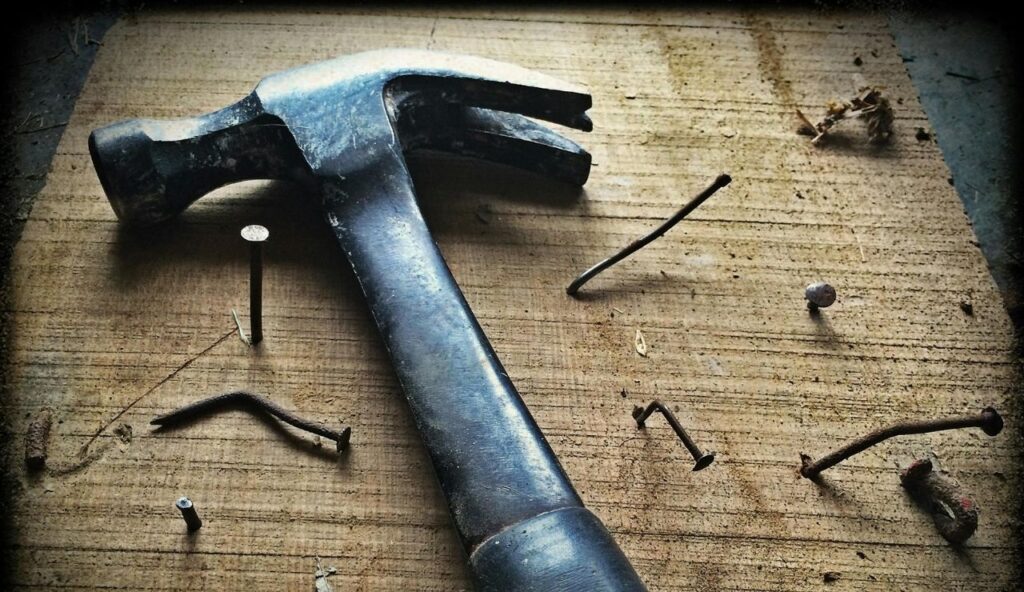
Renovating your home without proper approval can put your insurance at risk. Removing walls, altering layouts, or adding space without permits might violate building codes. If damage occurs and the work wasn’t reported, your claim could be denied. Insurance companies expect major changes to follow safety standards. Always inform your provider before starting any structural updates.
8. Aggressive Landscaping Near the Home

Tall trees and thick shrubs may improve your yard’s look, but they can also create serious risks. Roots from large plants can crack foundations or clog pipes, while overhanging branches may damage your roof during a storm. If your landscaping leads to a claim, your insurer might refuse to cover the repairs. It’s smart to keep greenery trimmed and well away from your home’s structure.
9. Home-Sharing or Airbnb Rentals
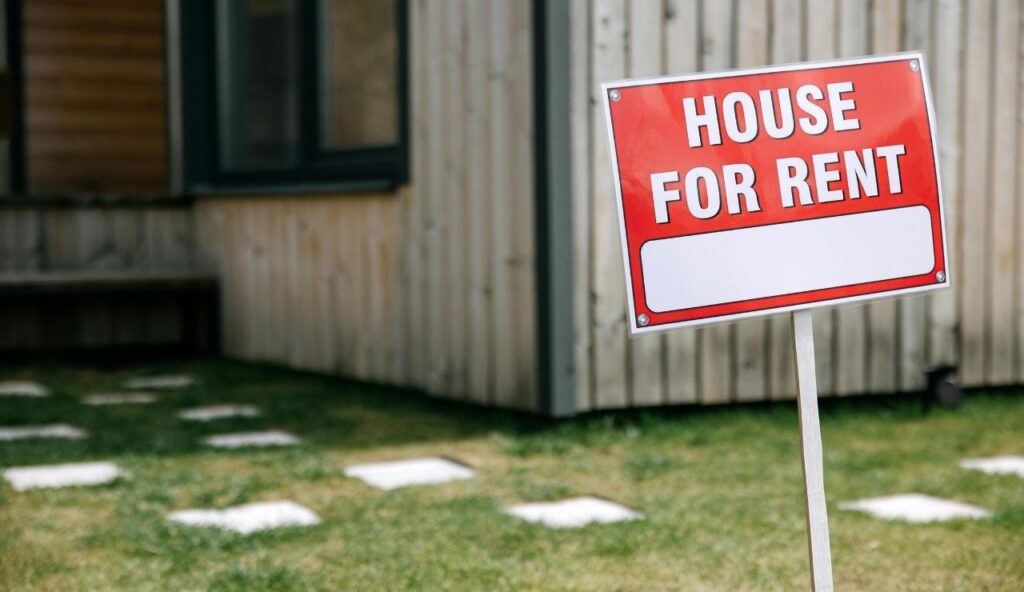
Renting out your home on platforms like Airbnb may seem like easy income, but it could void your coverage. Most homeowners’ policies don’t protect against damage or injuries caused by short-term guests. If you don’t inform your insurer, they can deny claims or cancel your policy. Some companies offer add-ons for home-sharing, but you need to request them in advance to stay protected.
10. Lack of Regular Maintenance
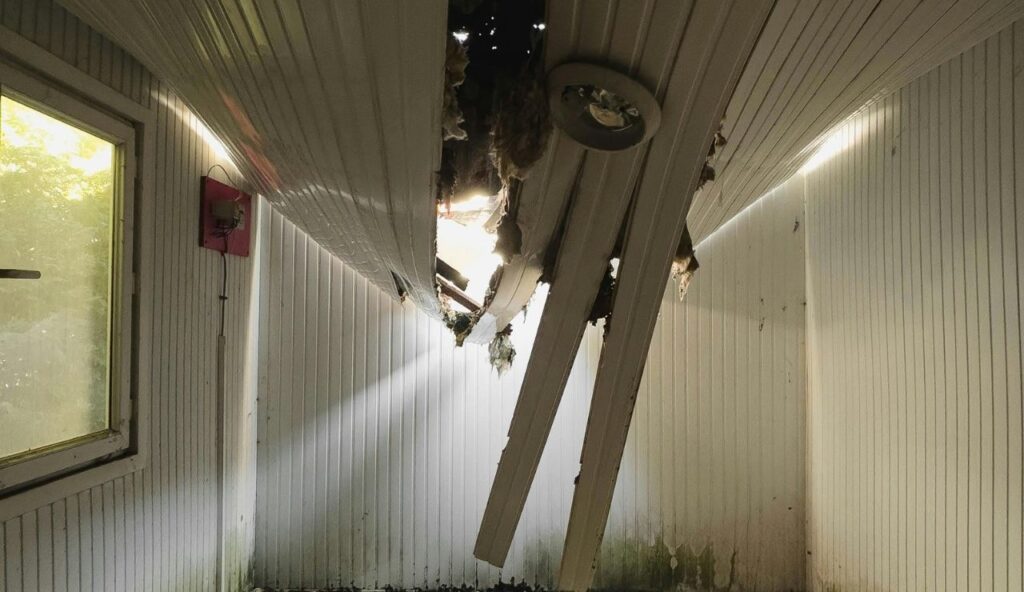
Insurance covers unexpected damage, not issues that come from neglect. If you ignore a worn roof or skip winter prep for pipes, your provider might reject the claim. Regular upkeep shows you’re taking care of the property, which most policies require. Delayed repairs can lead to costly problems and possibly loss of coverage. A little routine maintenance goes a long way in keeping your policy active.

